Plastic daily necessities are integral to everyday life, ranging from household items to personal care products. The production of these plastic goods depends heavily on the design and manufacturing of molds, which directly impact the quality, cost, and efficiency of the final products. Among the various processes used in plastic manufacturing, Plastic daily necessities mold making is foundational.

The mold serves as a cavity into which heated plastic material is injected. Once cooled and solidified, the molded part is ejected, ready for finishing and assembly. The quality and complexity of the mold determine how well the final product meets functional and aesthetic standards.
Molds are crucial in mass production due to their ability to produce consistent, high-quality parts with tight tolerances. Key reasons for their importance include:
Efficiency: Automated molding processes enable rapid production of thousands of identical items.
Cost-Effectiveness: Although mold fabrication requires upfront investment, it reduces per-unit costs in large-scale manufacturing.
Precision: Molds can incorporate intricate details and fine surface textures that enhance product functionality and appearance.
Material Versatility: Various plastics can be molded, allowing for customization in flexibility, strength, and durability.
Without well-designed molds, manufacturers cannot achieve the quality or volume needed to meet market demands for daily necessities.
Several mold types are commonly employed, depending on the product design and production volume:
1. Single-Cavity Molds
These molds produce one part per molding cycle. They are simpler and less costly, ideal for low-volume production or prototype development.
2. Multi-Cavity Molds
Designed to produce multiple identical parts in each cycle, multi-cavity molds increase production efficiency and reduce cycle time. They are widely used for high-volume daily necessities.
3. Family Molds
Family molds can produce different parts simultaneously in a single cycle. This type is useful when several components of a product need to be molded together, reducing assembly time.
4. Hot Runner Molds
Hot runner molds use heated channels to keep plastic molten until injection, reducing waste and improving cycle time. They are preferred for complex or high-precision products.
Design Considerations for Plastic Daily Necessities Molds
Effective mold design requires balancing product requirements, manufacturing constraints, and cost considerations. Important factors include:
Material Selection: Mold materials must withstand high temperatures and pressures. Hardened steel and aluminum are common choices; steel is favored for durability in large runs.
Part Design: The product's geometry influences mold complexity. Features like undercuts, thin walls, and textured surfaces require precise mold engineering.
Draft Angles: Proper draft angles facilitate part ejection without damage.
Cooling System: Efficient cooling channels reduce cycle time and ensure uniform part quality.
Gate Location: Gates control where molten plastic enters the mold. Their placement affects flow, appearance, and strength.
Ejection Mechanism: The mold must include reliable systems (pins, plates) to eject the cooled part smoothly.
Manufacturing Process of Plastic Molds
Mold fabrication involves several stages, often requiring skilled craftsmanship and advanced machinery:
Design and Simulation: CAD software is used to design the mold and simulate plastic flow, identifying potential issues before production.
Material Preparation: Selected mold steel or aluminum is cut into blocks.
CNC Machining: Computer Numerical Control (CNC) machines mill the mold cavities with high precision.
EDM (Electrical Discharge Machining): Used for complex details and hard-to-reach areas.
Polishing and Texturing: The mold surface is finished to achieve the desired texture and smoothness.
Assembly and Testing: Mold components are assembled and tested with trial runs to ensure proper function.

 English
English 中文简体
中文简体 русский
русский
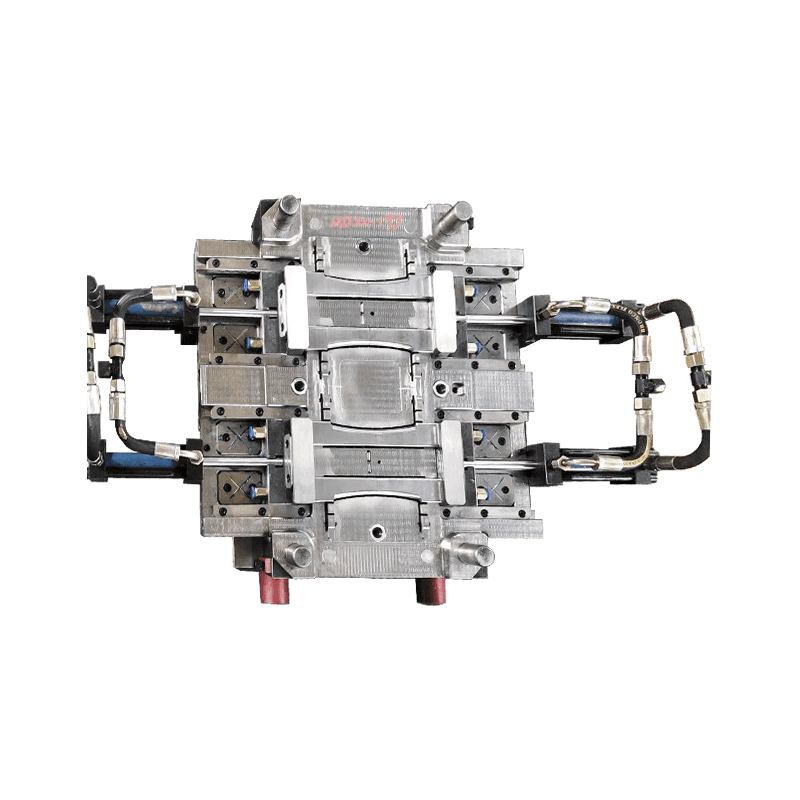
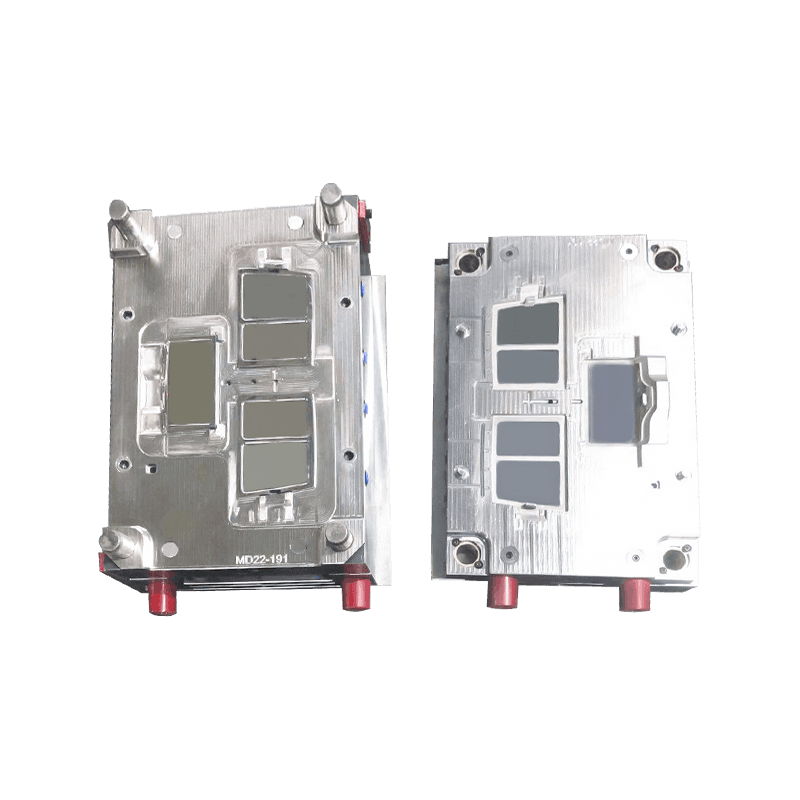
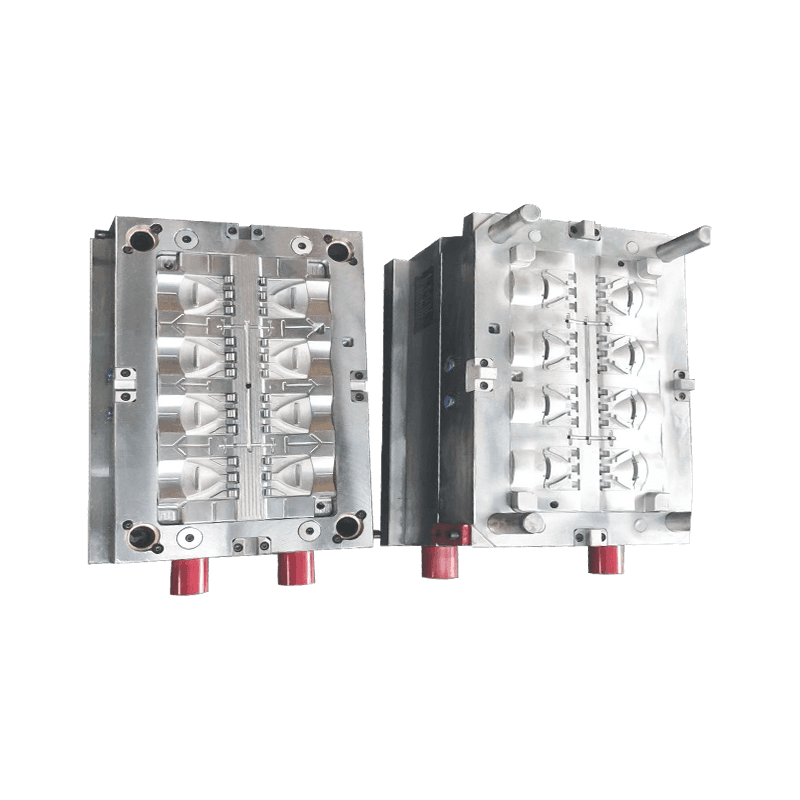
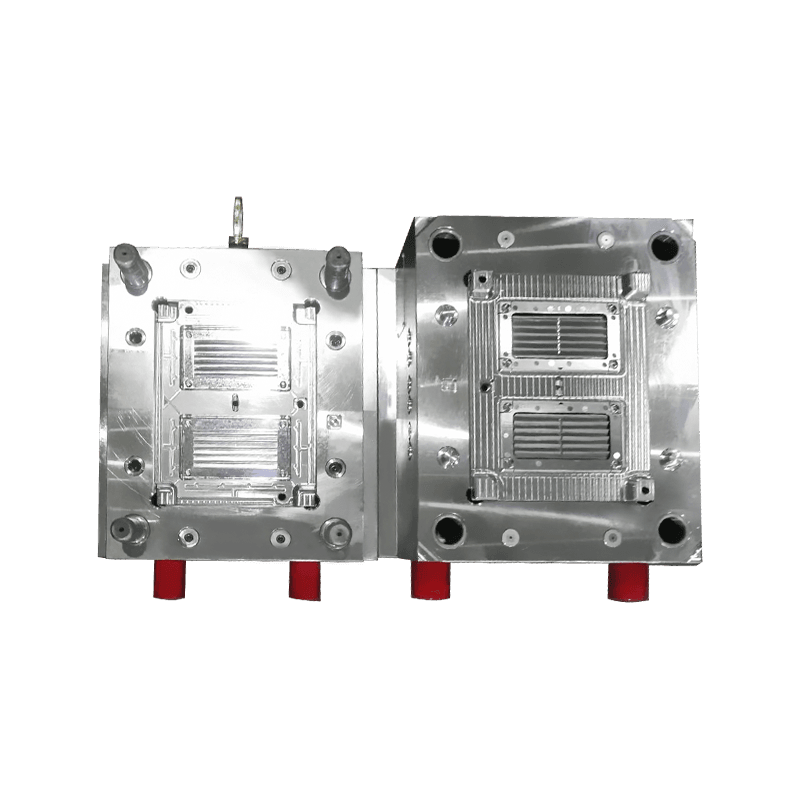
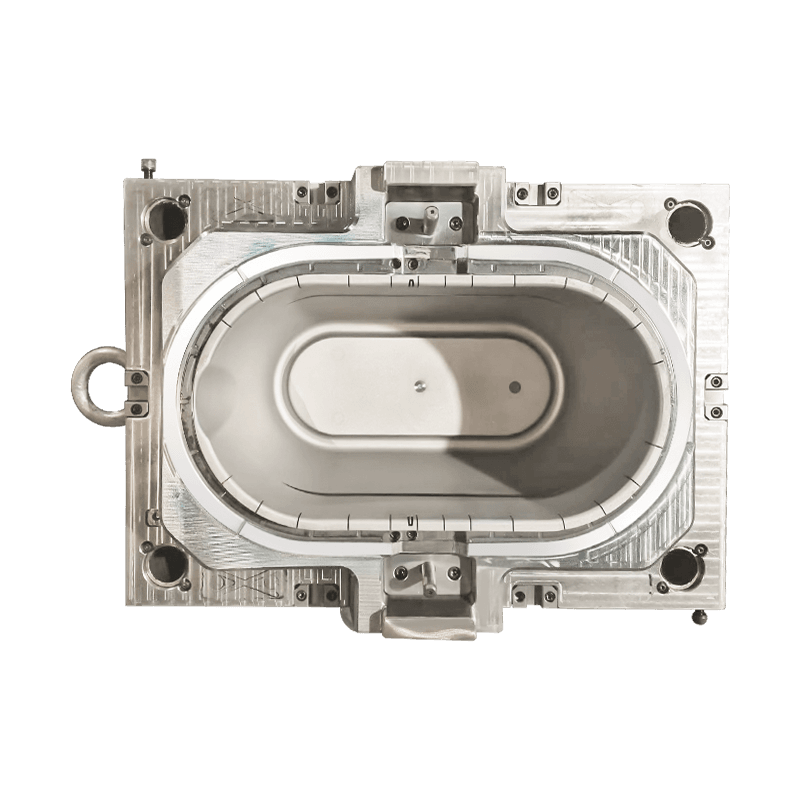
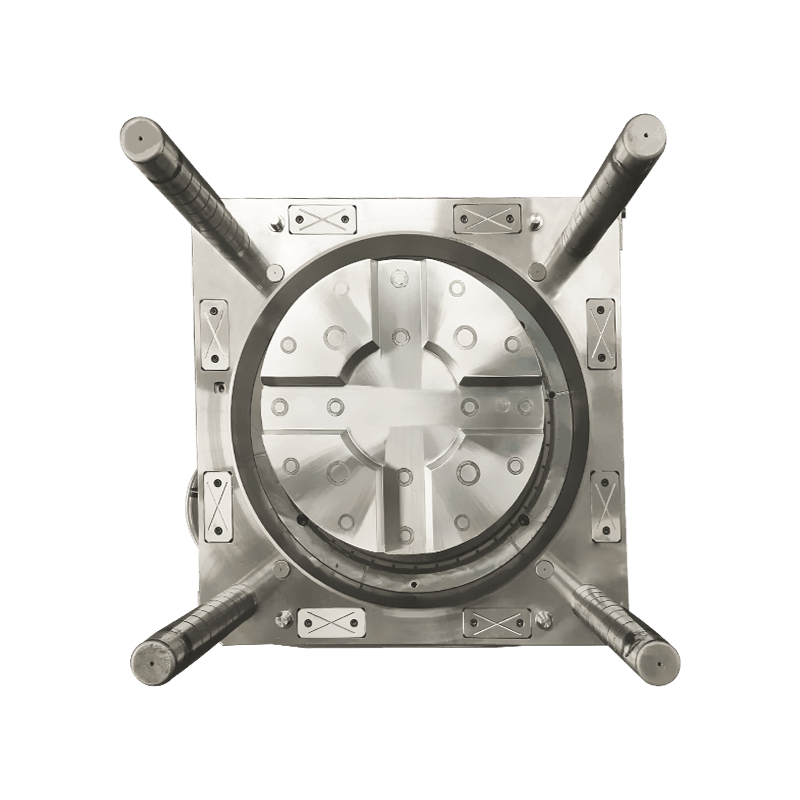
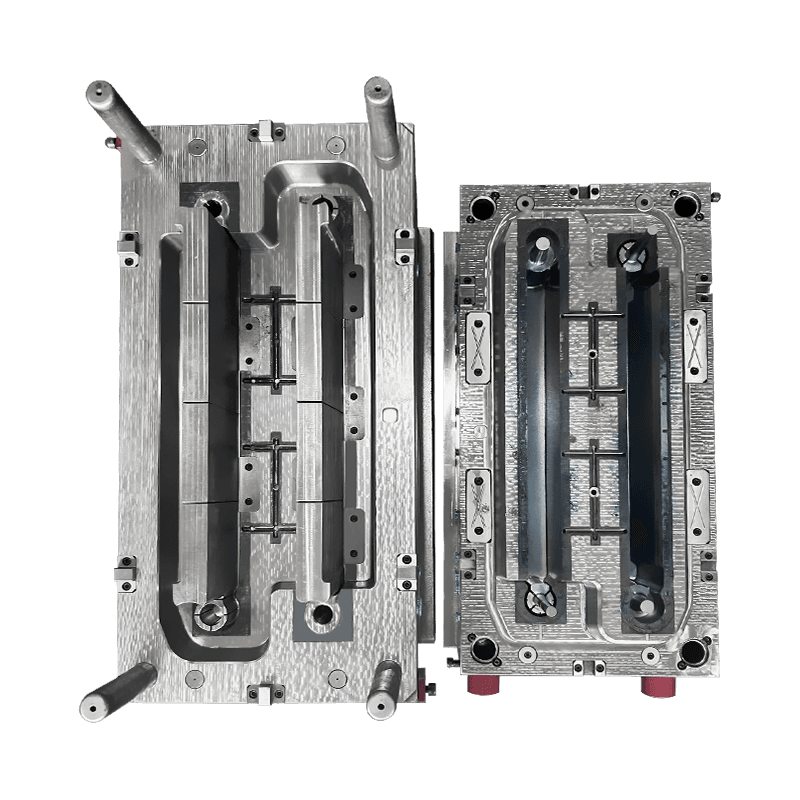
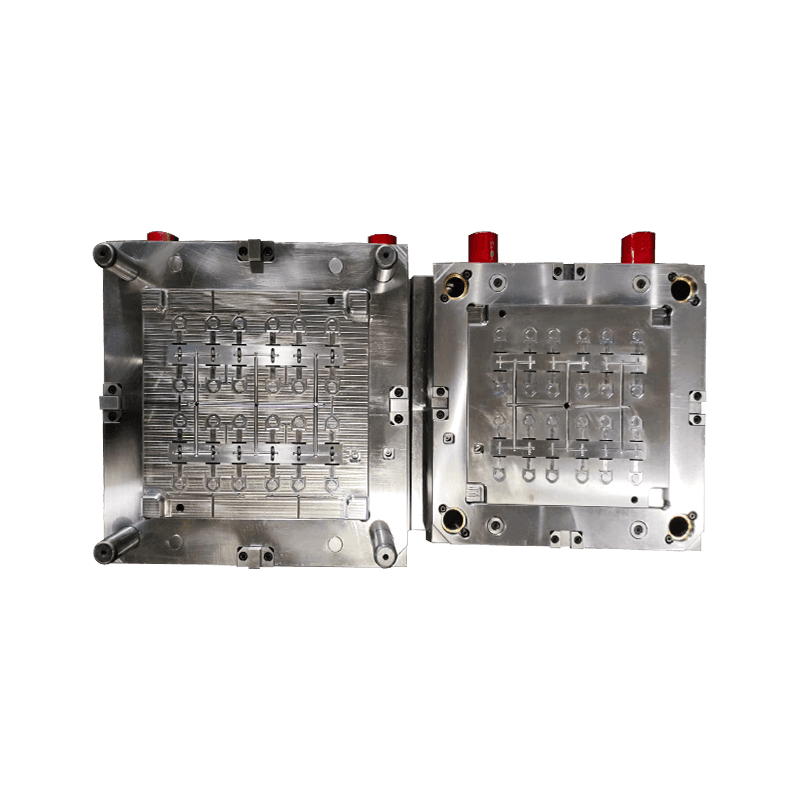
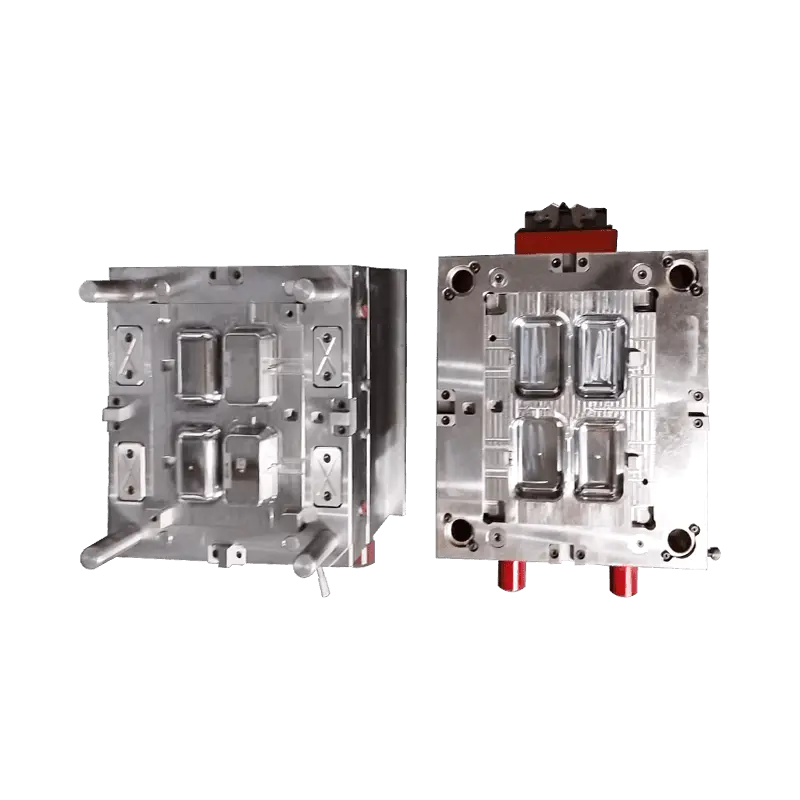



Contact Us